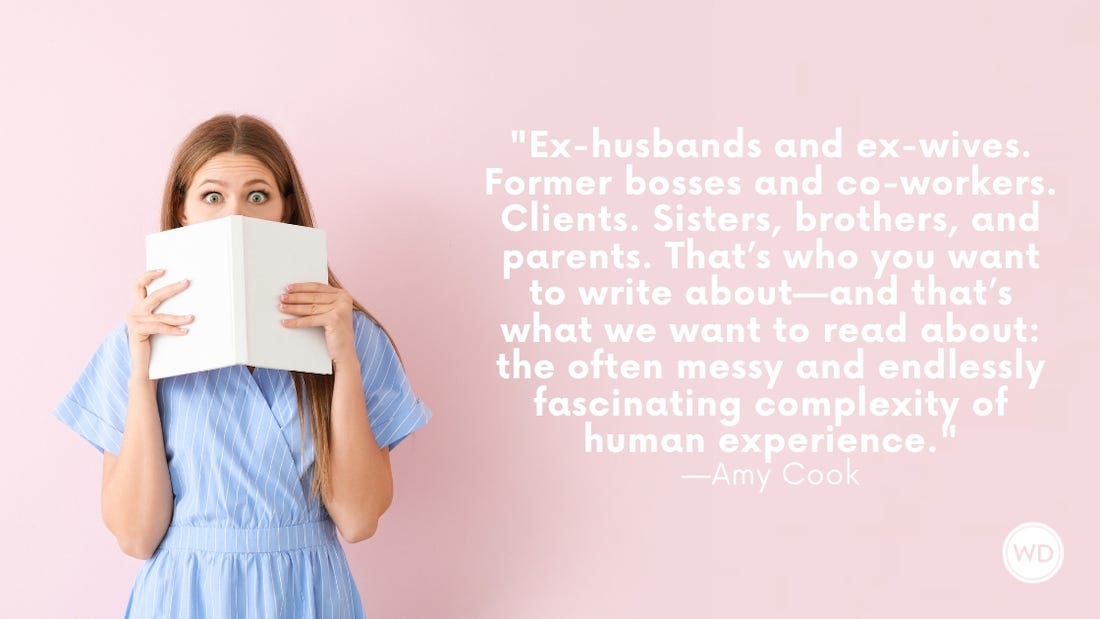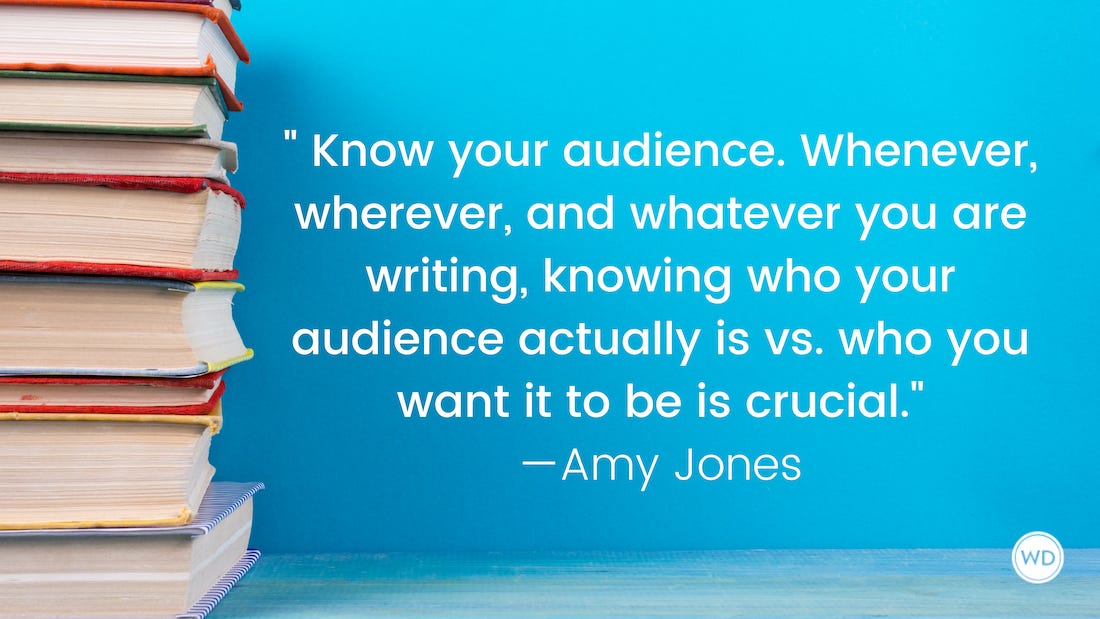TIP OF THE DAY: Getting In (and Out) of Difficult Scenes
Hey, writers– I thought of you all last night. In a good way… even though it came in a moment of sheer outrage and frustration. I was sitting in my…
Hey, writers--
I thought of you all last night. In a good way… even though it came in a moment of sheer outrage and frustration.
I was sitting in my office, beating my head on the desk as I tried to figure out a scene in a romantic comedy I’m working on. And it was not going well. You know the feeling… you know what the scene needs to accomplish, you know exactly what information needs to be conveyed, you even know how long the scene should last. But you can’t figure out a way in. You don’t hear the opening line—or see the opening action—in your head.
I hate these moments.
And after about two hours of trying to concoct as many clever beginnings to the scene as possible, I remembered something… a little trick I like to use that almost always works.
Fifteen minutes later, I had finished the scene, and it was better than anything I’d written all day.
And that’s when I thought of you guys. Because I figured if I had this problem, maybe other writers had this problem, and if this trick worked for me, maybe it would work for them as well.
So, here’s my suggestion for a great way to begin and end scenes…
Part I: Enter your scene on the answer to a question. In other words, begin the scene with one character answering a question asked by another character—but we don’t hear the initial question. This throws us directly into the “meat,” or action, of the scene… and, usually, right into good conflict between two people. Not hearing the question, which would anticipate an answer, also lets you have some fun coming up with a compelling opening line. For instance…
Rather than starting your scene this way—
INT. BEDROOM
Sarah turns from the window to face her husband.
SARAH
But… but why her? Why’d you do it?
MICHAEL
Because I’ve never loved you, that’s why.
Just come in here…
INT. BEDROOM
Michael turns to face his wife.
MICHAEL
Because I’ve never loved you, that’s why.
SARAH
Don’t say that.
MICHAEL
Our house… our marriage… the kids… it’s a
sham. Always has been.
See how you begin your scene with your characters, and their conflict, already in motion?
Likewise, I like to end scenes with a question, without hearing the answer (Part II). This allows you to end every scene with a little cliffhanger that propels your audience into the next scene. For instance…
Rather than ending you scene this way…
BRANDON
I know there’s a lot of blood, but some
day we’ll look back at this and laugh.
ROGER
What about Michael? Is he okay?
Brandon frowns.
BRANDON
I’m sorry, Roger. He didn’t make it.
INT. FUNERAL HOME
Mourners sob as the MICHAEL’S WIFE reads her eulogy…
MICHAEL’S WIFE
…and that’s when Michael would laugh
the hardest…
End it this way…
BRANDON
I know there’s a lot of blood, but
some day we’ll look back at this and
laugh.
ROGER
What about Michael? Is he okay?
INT. FUNERAL HOME
MICHAEL’S WIFE reads her eulogy…
MICHAEL’S WIFE
…and that’s when Michael would laugh
the hardest…
By eliminating Brandon’s final answer, we leave the scene hanging on Michael’s question… making the beginning of the next scene the answer itself! This gives both scenes a new energy, with one scene propelling the reader into the next.
Hope this tip helps… and remember: don’t be afraid to ask questions, leave comments, or email me at WDScriptnotes@fwpubs.com.
Jane Friedman is a full-time entrepreneur (since 2014) and has 20 years of experience in the publishing industry. She is the co-founder of The Hot Sheet, the essential publishing industry newsletter for authors, and is the former publisher of Writer’s Digest. In addition to being a columnist with Publishers Weekly and a professor with The Great Courses, Jane maintains an award-winning blog for writers at JaneFriedman.com. Jane’s newest book is The Business of Being a Writer (University of Chicago Press, 2018).









